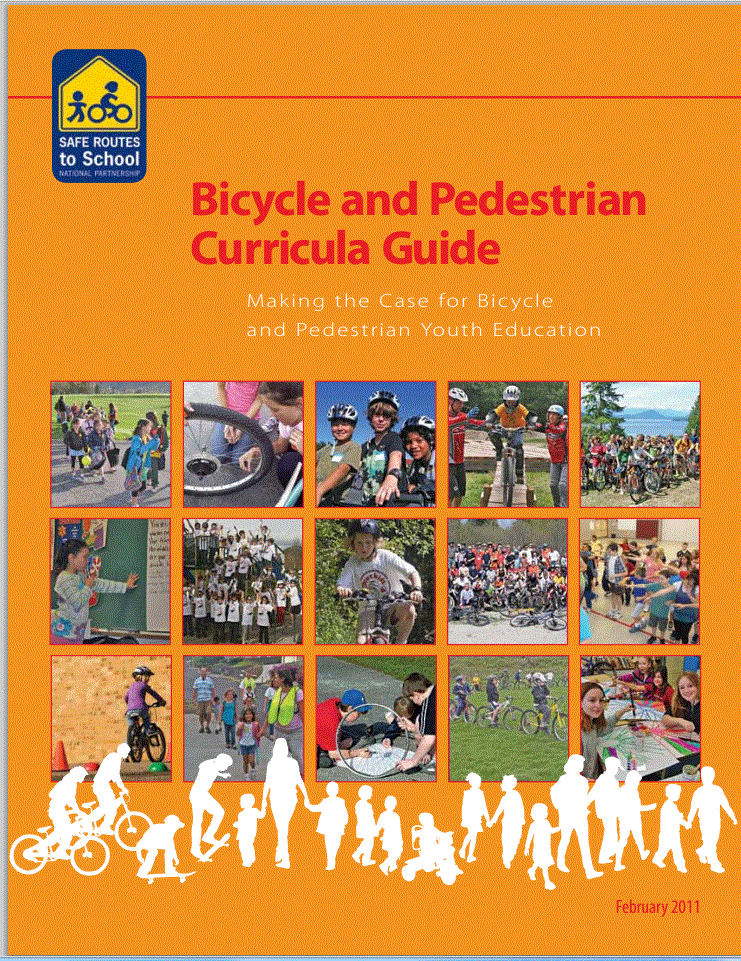Freedom in the Form of a Bicycle
 Freedom. It means different things to different people. As a child, freedom to me meant a whole Saturday to ride my bike, named Winning Colors in honor of the female horse that won the1988 Kentucky Derby, across ditches, dirt roads, woods, marshes, and the occasional paved street.
Freedom. It means different things to different people. As a child, freedom to me meant a whole Saturday to ride my bike, named Winning Colors in honor of the female horse that won the1988 Kentucky Derby, across ditches, dirt roads, woods, marshes, and the occasional paved street.



 During the month of February, America paused to celebrate the historical achievements of African-American pioneers all over the nation. In March, the celebration continues, but with a different theme.
During the month of February, America paused to celebrate the historical achievements of African-American pioneers all over the nation. In March, the celebration continues, but with a different theme.

 The deadline to prevent the Highway Trust Fund from becoming insolvent is rapidly approaching, leaving Congress and the Administration with just months to identify a solution. But will they be up to the task? The stakes for Congress couldn’t be higher, with a failure to act putting hundreds of thousands of jobs at risk and bringing thousands of construction projects,
The deadline to prevent the Highway Trust Fund from becoming insolvent is rapidly approaching, leaving Congress and the Administration with just months to identify a solution. But will they be up to the task? The stakes for Congress couldn’t be higher, with a failure to act putting hundreds of thousands of jobs at risk and bringing thousands of construction projects, 
 The Portland, Oregon region, in many regards, is ahead of the curve when it comes to active transportation. The “Bike Bill” (ORS 366.514), passed more than 40 years ago by the Oregon Legislature in 1971, requires the inclusion of facilities for pedestrians and bicyclists wherever a road, street or highway is built or rebuilt.
The Portland, Oregon region, in many regards, is ahead of the curve when it comes to active transportation. The “Bike Bill” (ORS 366.514), passed more than 40 years ago by the Oregon Legislature in 1971, requires the inclusion of facilities for pedestrians and bicyclists wherever a road, street or highway is built or rebuilt.
 People don’t know I wear an “S” on my chest, because that’s how effective I believe shared use practices can be. Yep I said it “I’m a Shared Use –Super Hero." And like any super hero, we work with other caped crusaders. That’s why the spotlight this month is on Ohio’s efforts in the shared use world.
People don’t know I wear an “S” on my chest, because that’s how effective I believe shared use practices can be. Yep I said it “I’m a Shared Use –Super Hero." And like any super hero, we work with other caped crusaders. That’s why the spotlight this month is on Ohio’s efforts in the shared use world. When I see children walking to or from school, I notice their interactions. They talk, laugh, and maybe drop their bags to engage in a spontaneous race. They move in pairs or small pods. There’s a special kind of connection as they transition to school or home. It’s an image which brings me hope.
When I see children walking to or from school, I notice their interactions. They talk, laugh, and maybe drop their bags to engage in a spontaneous race. They move in pairs or small pods. There’s a special kind of connection as they transition to school or home. It’s an image which brings me hope.
 Over the past decades bicycle safety education has developed into its own field, ultimately being implemented in a variety of ways, depending primarily on the amount of time and resources available to convey important concepts. These choices are not easy and inevitably we, as educators, must make informed compromises.
Over the past decades bicycle safety education has developed into its own field, ultimately being implemented in a variety of ways, depending primarily on the amount of time and resources available to convey important concepts. These choices are not easy and inevitably we, as educators, must make informed compromises. Walking to school is not a new concept - up until the 1970s, most schools were located in residential neighborhoods, and communities were built with pedestrian traffic in mind. Unlike many suburban and rural areas, this still holds true in urban communities, where sidewalks are present and homes are clustered around schools.
Walking to school is not a new concept - up until the 1970s, most schools were located in residential neighborhoods, and communities were built with pedestrian traffic in mind. Unlike many suburban and rural areas, this still holds true in urban communities, where sidewalks are present and homes are clustered around schools.